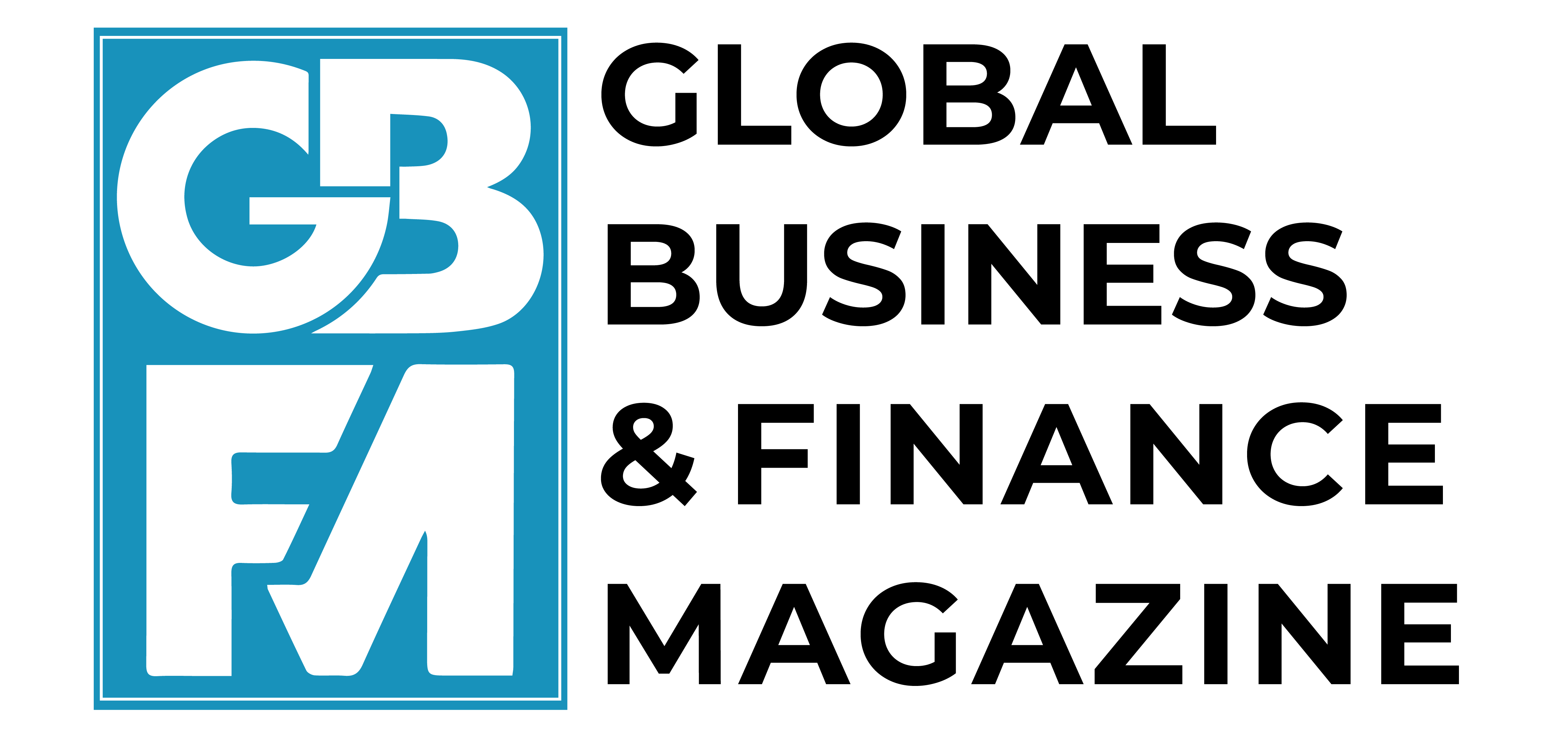While the Trump administration has offered multiple justifications for imposing tariffs, none has been as prominently cited as the goal of reducing trade deficits. This column contributes to the ongoing debate on the implications of global imbalances for trade policy, arguing that tariffs can close a persistent trade deficit if and only if they change the value of, or the returns on, the country’s international financial position. The authors also discuss whether it is optimal to increase tariffs when trade is imbalanced, and whether tariffs can account for the large depreciation of the dollar in the first half of 2025.
Trade wars have returned to centre stage, bringing import duties back into the spotlight. While the Trump administration has offered multiple justifications for tariffs – from boosting fiscal revenues to pressuring other countries to accept deportees from the US – none has been as prominently cited as the goal of reducing trade deficits. The bilateral tariffs announced on “Liberation Day” (2 April 2025) were explicitly calibrated to bilateral trade imbalances, im- posing higher duties on countries with exports to the US in excess of their imports. However, can permanent tariffs achieve the stated goal of permanently eliminating trade imbalances between the US and its trading partners?
In a recent paper (Itskhoki and Mukhin 2025), we argue that a great deal can be learned in this regard from the budget constraint of a country, a simple and universal accounting identity. In particular, while it is possible to run a temporary trade deficit by selling assets to foreigners, the country must run either trade surpluses or make financial profits in future periods to repay the accumulated foreign debt. Once aggregated across all future periods, the budget constraint implies that a country can systematically import more than it exports only if it has already accumulated a positive net foreign asset position or expects to earn positive excess returns on its international asset position in the future:
Long-run Trade Deficit = Initial Net Foreign Assets + Future Financial Returns
It follows from this identity that tariffs can close a persistent trade deficit if and only if they change the value of, or the returns on, the country’s international financial position. This observation has profound policy implications. In particular, the effectiveness of trade instruments in closing deficits has little to do with the standard trade logic of making foreign goods relatively more expensive and generating expenditure switching towards domestic output. Rather than estimating trade elasticities and the pass through of tariffs into consumer prices, policymakers aiming to close trade deficits should evaluate how trade policies will affect asset prices and returns. This point is clearest in the limiting case of financial autarky, often used in international trade theory, when imports must equal exports in every period. Imposing tariffs in this case will change both international prices and quantities, but it will have no effect on the trade balance, which always equals zero. A similar logic extends to the general case with an open capital account, however, in this case the country’s international financial position is generally affected by the tariff.
How do tariffs affect asset prices and returns? While there can be potentially several mechanisms, as we discuss below, the most direct effect comes from changes in the value of the initial asset positions due to movements in the exchange rate. A decline in demand for foreign goods induced by import tariffs lowers the demand for foreign currency and leads to an appreciation of the domestic currency. With most US international liabilities denominated in dollars and many foreign assets denominated in foreign currencies, a stronger dollar increases the net value of the US international debt. A reduction in the US net foreign asset position reduces the resources available to finance the US trade deficit and ‘improves’ the US long-run current account. Thus, import tariffs can indeed close trade deficits, but for reasons very different from those often cited in public debate: the adjustment occurs through an implicit financial transfer from the US to other countries. 2 Furthermore, a depreciation of the dollar, which might seem desirable under the expenditure switching logic, is counterproductive and would increase trade deficits in general equilibrium due to the improved US financial position.
What is the optimal tariff with trade imbalances?
The tariff policy of eliminating the US trade deficit described above is hardly beneficial from a US welfare perspective as the country suffers a large negative valuation effect on its international asset position. Nonetheless, even when not targeted directly, global imbalances are central for trade policy as they alter the calculation of the optimal tariff. The direct effect of an import tariff is to appreciate the domestic currency, generating a valuation effect on the country’s external net asset position. 3 Most developed countries, including the US, hold short external positions in domestic currency and long positions in foreign bonds, foreign equity and FDI, implying that currency appreciation worsens the net asset position. This negative valuation effect can largely offset the standard gains from the terms-of-trade manipulation and lead to a much lower optimal tariff. What matters for this effect is not the net financial position or the trade deficit, but the gross position in domestic assets held by the foreigners.
Such valuation effects are quantitatively large. Our quantification suggests that the optimal US import tariff is nearly five times smaller when the US foreign asset position is taken into account, declining from 34% to 7%, and the associated welfare gains are reduced from 0.6% to 0.1% of annual real consumption. These large effects arise because US international liabilities are close to 180% of annual GDP and are predominantly dollar-denominated debt and US equity, both subject to substantial valuation changes when the dollar appreciates. Naturally, the optimal tariff does not eliminate the trade deficit, while the 100% tariff needed to eliminate the trade imbalance wipes out 3.2% of the US real consumption annually (see also estimates in Auray et al. 2025).
US trade policy has also profound implications for the portfolio choice of its trade partners. First, accumulating US assets, including dollar reserves, provides a hedge against a trade war: positive valuation effects on US assets from a tariff-induced dollar appreciation partly offset the direct costs of tariffs. Second, foreign countries have a strategic incentive to hold US assets to deter the US from raising import tariffs, beyond a simple insurance motive. Finally, because this argument applies symmetrically to all countries, large international asset positions help sustain a low-tariff global equilibrium, suggesting a reason why trade and financial globalisation happen in lockstep.
Why did the dollar depreciate on Liberation Day?
The effects of import tariffs on trade imbalances and welfare rely crucially on the associated equilibrium appreciation of the exchange rate. An appreciation is a robust theoretical prediction, which is also typically observed in practice (see Ostry et al. 2025). However, a surprising outcome of the Liberation Day tariffs was a contemporaneous depreciation of the dollar: the dollar lost more than 10% of its value against other currencies in the first half of 2025. It is difficult to attribute this depreciation to other non-tariff shocks. In particular, it is unlikely to be driven by monetary policy as expectations about Federal Reserve policy rates at the end of 2025 have not changed significantly over these six months (see the CME FedWatch Tool). Furthermore, the sharp depreciation of 1.7% on 2 April in response to the Liberation Day announcement strongly suggests that tariffs played an important role in exchange rate dynamics. Perhaps most remarkably, US Treasury and equity prices – after collapsing following the 2 April announcement – recovered quickly, whereas the dollar exchange rate has remained depreciated ever since.
To understand these dynamics, we return to the country budget constraint and consider the final term that we previously abstracted from. The US has arguably benefited from an ‘exorbitant privilege’, earning positive excess returns, or convenience yields, on its assets relative to its liabilities (e.g. Gourinchas and Rey 2007). This is one of the reasons the US runs a persistent trade deficit and the US dollar remains strong against other currencies. The 2025 trade war, unexpected in its scope and magnitude, has likely triggered several significant consequences. In the long run, greater trade barriers result in more inward-looking international portfolios and a reversal of the trend towards financial globalisation, which channels international investments towards the US. In the short run, however, international investors find it difficult to diversify away from the US assets given their dominance in the world financial markets. Instead, institutional investors that hold substantial exposures to the US assets are now increasingly demanding insurance against possible future dollar depreciation, with the dollar itself viewed as a lesser hedge from global financial downturns. This shift happened via an increased demand to sell dollars forward on the derivatives market accommodated with a persistent dollar depreciation, a likely first step along the path of the loss of dollar dominance in the international financial market (Grothe et al. 2025, Dao et al. 2025, Jiang et al. 2025).
Source : VOXeu



































































